Assistive technology is making a difference in the lives of disabled children, adults, and veterans worldwide. Researchers are using the application of science to create cutting edge gadgets and devices to help improve the quality of life for those with mobility issues. The following innovative technological breakthroughs are designed to empower people with disabilities.
1. Grid Pad Aid
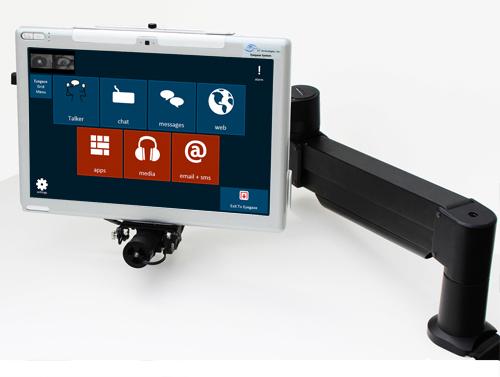
This technology advanced communication aid provides a voice for those who are unable to communicate verbally. It is available in a variety of models such as the eye gaze system or touch. It can be mounted on a wheelchair for convenience or carried around like a mobile device.
2. Deka Arm
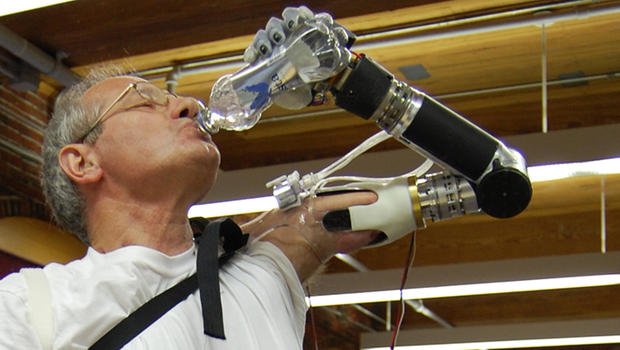
This technological wonder is sponsored by DARPA, also known as the Defense Advanced Research Projects Agency. Veterans, diabetics and others that have lost limbs will benefit most from this technological breakthrough. It’s a robotic arm created to restore functionality and mobility in arms that have been amputated. At its current state, it allows the user to gain better control and motion when compared to other artificial limbs. Researchers are continuing to improve the Deka Arm for future use.
3. The SMART Belt
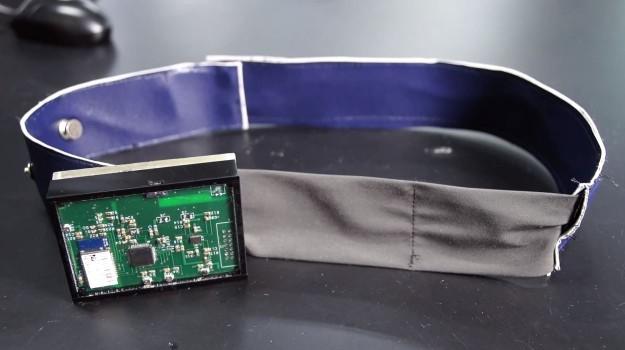
Those with epilepsy can experience a seizure at any time. This often creates a difficult situation because they can fall and hurt their head and body causing serious injury. Some epileptic people use a wheelchair on a daily basis to avoid becoming injured during an epileptic seizure. The SMART Belt, also referred to as Seizure Monitoring and Response Transducer, is designed and created to remove fear and encourage freedom and independence in epileptic patients. Engineers at Rice University created the wearable device that is capable of detecting seizures and calling for help. The SMART Belt monitors and detects changes in breathing patterns and skin conductance to predetermine when a seizure is going to happen. The belt alerts the person and caregivers nearby in advance so precautions can be taken. It’s unable to stop the seizures. However, it allows the patient to find a safe place to sit down so they don’t get injured while the seizure is taking place. This gives epileptic patients the opportunity to walk around freely without fear or danger.
4. ReWalk Exoskeleton
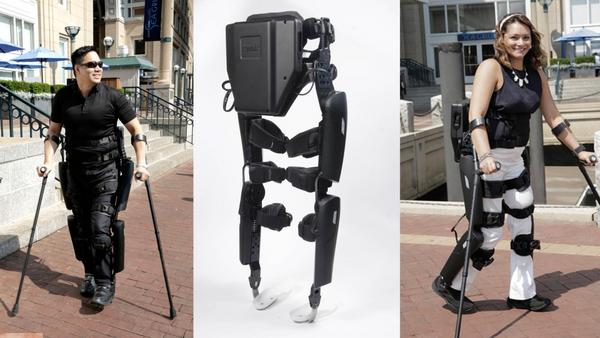
Amit Goffer, an Israeli engineer that became confined to a wheelchair after a terrible accident invented the ReWalk Exoskeleton. It is a technological device that helps people with spinal-cord injuries improve their mobility. The Exoskeleton is FDA approved and allows paraplegics to walk and stand normally.
5. iBot Stair-Climbing Wheelchair
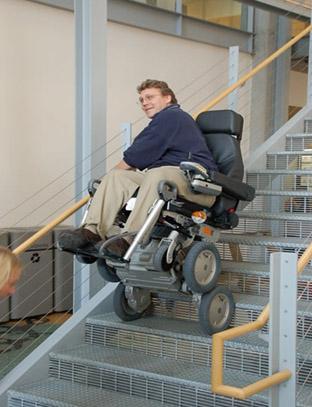
This device gives wheelchair users the freedom and independence to navigate staircases on a daily basis. Designer and creator Dean Kamen, invented this device to help wheelchair users gain independence and freedom. Most importantly, to reduce the embarrassment of needing to ask people to carry you up and down staircases in public. The iBot Stair-Climbing Wheelchair adjusts to staircases and safely transports users.
6. The Kapten PLUS Personal Navigation Device
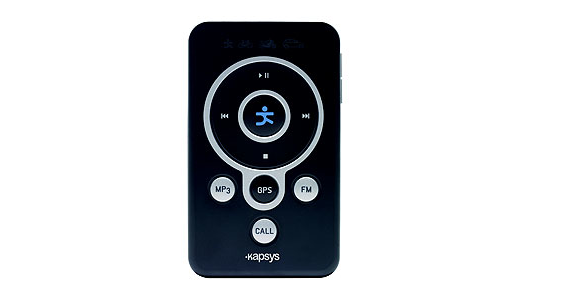
Some wheelchair users have a variety of issues, one including loss of sight. The Kapten PLUS Personal Navigation Device makes navigating around city streets and sidewalks safe for users. This navigation device can be attached to the wheelchair or carried on one’s person. It is a small GPS locator that speaks locations and directions to the user. This innovative invention allows users to feel safe and prevents getting lost.
7. AXS Map App
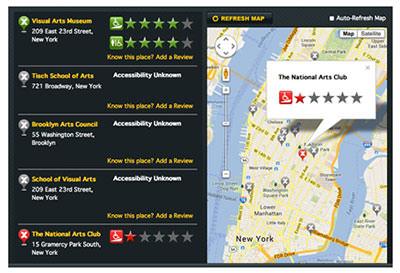
Wheelchair users have daily obstacles such as finding the nearest wheelchair-accessible bathroom and ramps in public areas. The AXS Map makes it easy for users to find everything they need in public places such as buildings, malls, hotels, restaurants and more.
8. Assist-Mi App
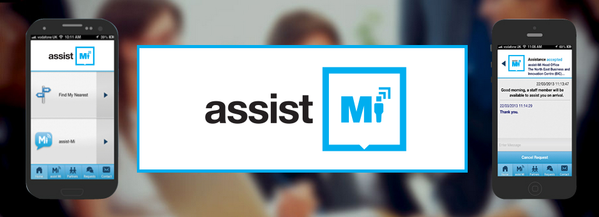
This app allows disabled people access assistance in real-time. Wheelchair users often need assistance for a variety of reasons. Sometimes it is for daily tasks such as shopping, going to work and traveling. The Assist-Mi App is a GPS system with two-way communication between the user and service providers. It contacts caregivers in the area that are available to assist those in the disabled community at a moment notice.
9. Liftware
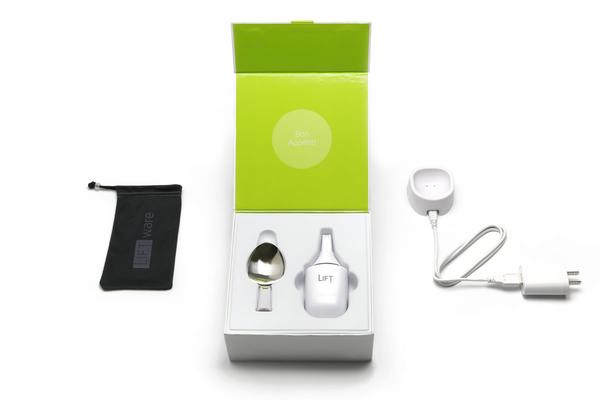
Wheelchair users often suffer from hand tremors caused by a variety of ailments including Parkinson’s disease. Liftware is a device that attaches to eating utensils and self-stabilizes the handle for easier control. The device is capable of stabilizing up to 70% of tremors that cause spilling and difficulty eating.
10. Talkitt
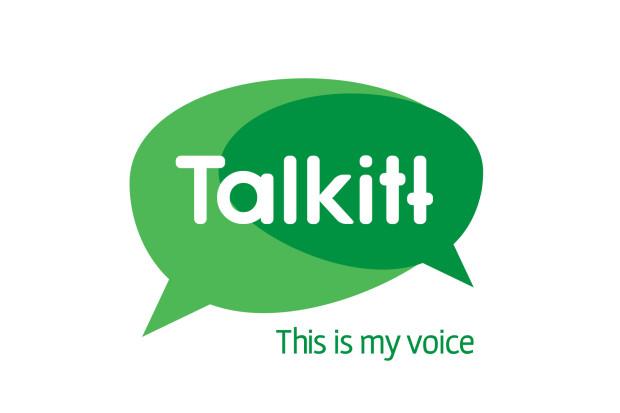
About 1.5% of the population worldwide live with speech difficulties. Often medical conditions such as Autism, Parkinson’s Disease and Cerebral Palsy are the cause. The Talkitt app is capable of recognizing pronunciation on an individual basis and translating it into understandable speech in any language. The user will set up their vocabulary list and speech pattern before using the application. Once the Talkitt app has recorded a wide range of words, sounds and patterns from the user it will be a beneficial and convenient tool for those that have speech impediments.
Technology is increasingly becoming beneficial for the disabled community. Devices, apps, and other inventions have already positively impacted the lives of those with mobility issues. The future looks promising as engineers and research around the world continue working on designing and creating new gadgets, devices, and breakthroughs in the tech world. The use of technological equipment is increasing in the disabled community and allowing users to enjoy freedom and independence that was restricted in the past. What is your favorite tech device that improves your daily life?
